Introduction for Writers
Introduction for Writers
The eleventh edition of Technical Communication is organized into five parts, highlighting the importance of the writing process in technical communication and giving equal weight to the development of text and graphics in documents and websites.
| PART | COVERAGE |
| Part 1 Understanding the Technical Communication Environment | Provides a basic understanding of important topics in technical communication, including ethical and legal considerations, the role of the writing process in planning and developing technical documents, and the practice of collaborating on documents. |
| Part 2 Planning the Document | Focuses on rhetorical concerns, such as considering audience and purpose, gathering information through primary and secondary research, and planning the organization of documents. |
| Part 3 Developing and Testing the Verbal and Visual Information | Describes communicating persuasively; writing coherent documents; writing effective sentences; designing documents and websites; creating graphics; and reviewing, evaluating, and testing documents and websites. |
| Part 4 Learning Important Applications | Covers a wide range of types of technical communication: letters, memos, emails, and microblogs; job-application materials, including print and electronic résumés; proposals; informational reports, such as progress and status reports, incident reports, and meeting minutes; recommendation reports; lab reports; definitions, descriptions, and instructions; oral presentations; and applications used in communicating with the public, including newsletters, brochures, white papers, podcasts, discussion boards, blogs, and wikis. |
| Appendix Reference Handbook | Offers additional help with skimming sources and taking notes; documenting sources using the APA, IEEE, and MLA styles; and editing and proofreading documents. Also provides advice to multilingual writers on cultural, stylistic, and sentence-level communication issues. |
Technical Communication offers a wealth of support to help you complete your technical communication projects:
Annotated Examples make it easier for you to learn from the many model documents, illustrations, and screen shots throughout the text.
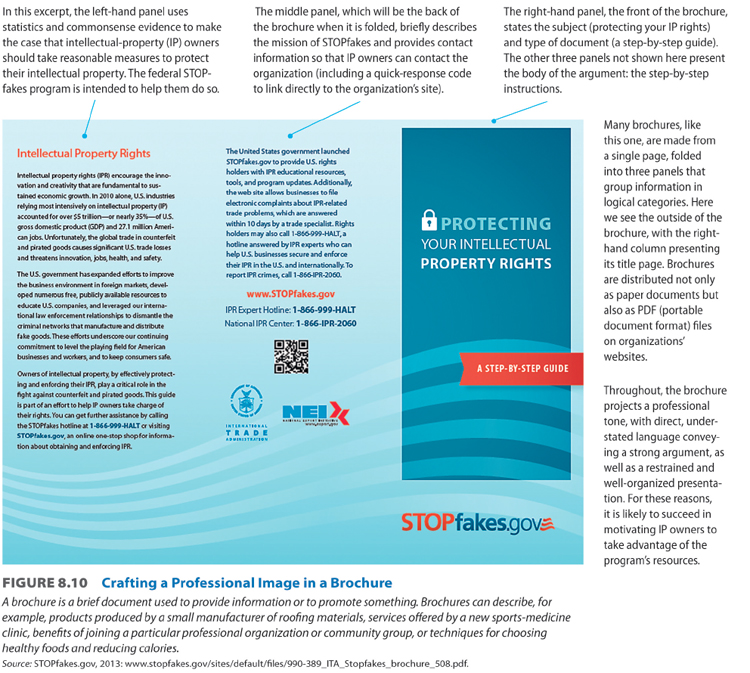
Guidelines boxes throughout the book summarize crucial information and provide strategies related to key topics.
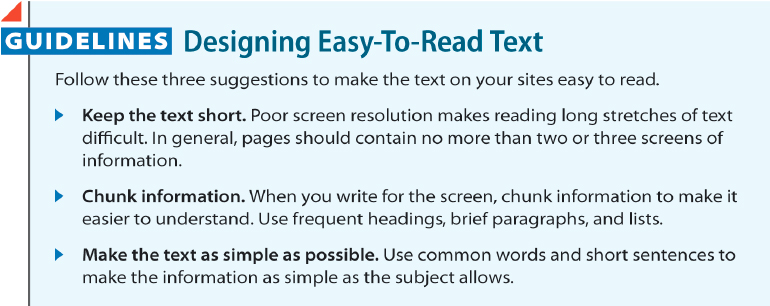
Ethics Notes in every chapter remind you to think about the ethical implications of your writing and oral presentations.
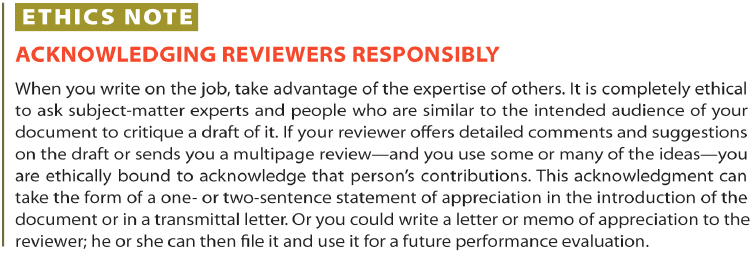
Document Analysis Activities (formerly Interactive Sample Documents), located both in print and online, allow you to apply what you have just read as you analyze a real business or technical document.
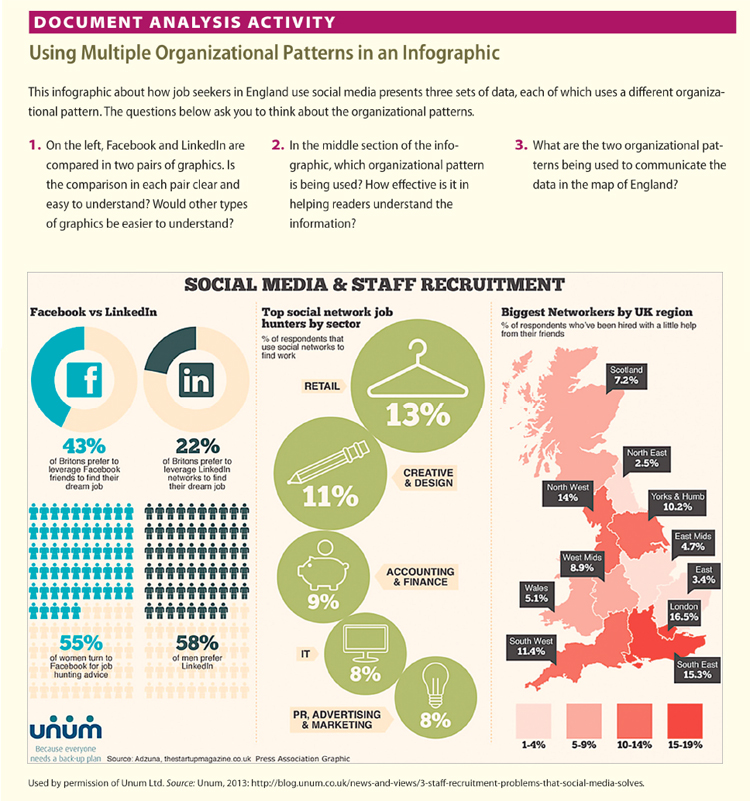
Tech Tips for using basic software tools give you step-by-step, illustrated instructions on topics such as tracking changes, creating graphics, and modifying templates. Keywords in each Tech Tip help you use the Help menu in your word-processing software to find additional information.
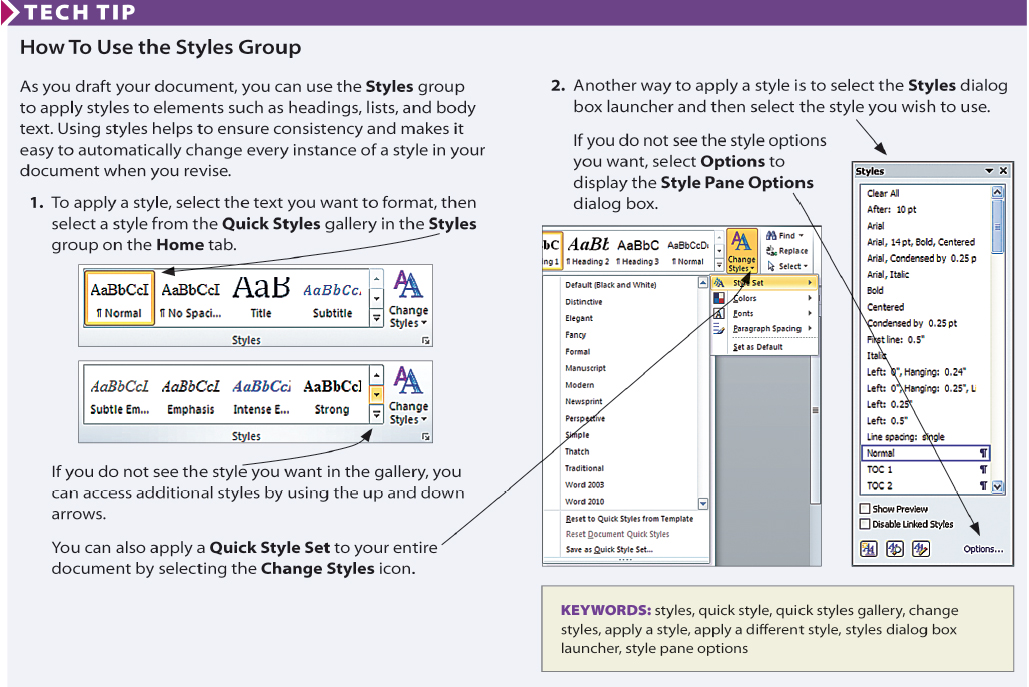
Writer’s Checklists summarize important concepts and act as handy reminders as you draft and revise your work.
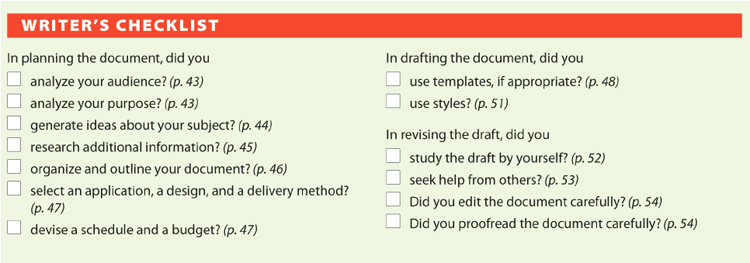
Cases in every chapter present real-world writing scenarios built around common workplace documents that you can critique, download, and revise.

For quick reference, many of these features are indexed on the last book page and inside back cover of this book.